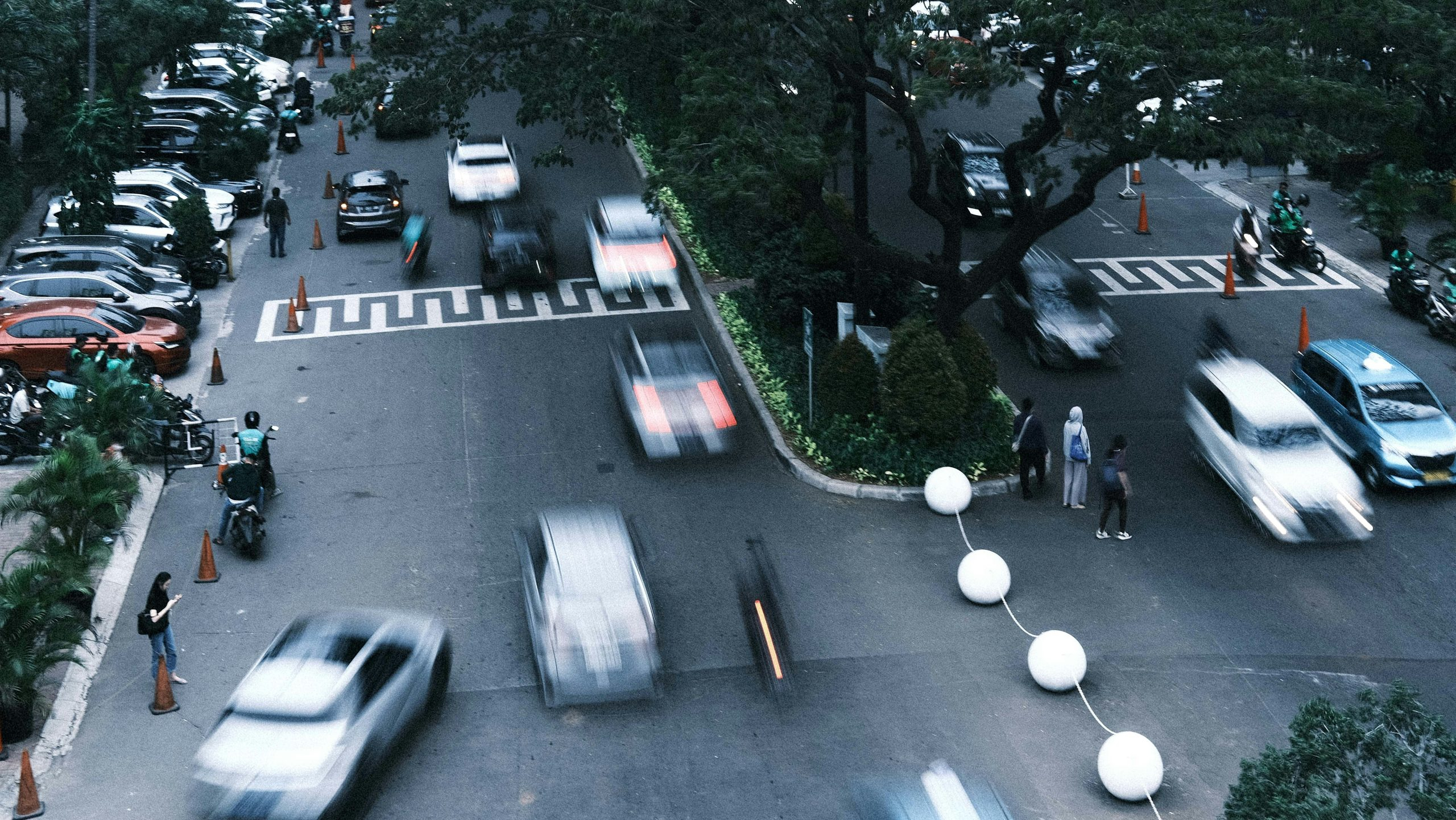The Role of Vehicle-to-Pedestrian (V2P) Communication
Vehicle-to-Pedestrian (V2P) communication has been gaining traction as a necessary technology in the automotive industry. As autonomous vehicles become more prevalent on the road, it is crucial for them to communicate not only with other cars but also with cyclists and pedestrians. Without proper communication, the safety and efficiency of self-driving cars would be compromised. This is where V2P comes into play. In this article, we will take a closer look at the role of V2P communication and the benefits it brings to the table.
The Importance of V2P Communication
With the rise of autonomous vehicles, there has been a growing concern for pedestrian safety. According to the National Highway Traffic Safety Administration, 6,283 pedestrians were killed in traffic accidents in 2018 in the United States alone. This highlights the need for better communication between vehicles and pedestrians to prevent accidents and save lives.
V2P communication enables direct communication between vehicles and pedestrians, allowing them to exchange information about their presence, position, and intentions. This can be achieved through various technologies, such as Dedicated Short-Range Communication (DSRC) and Cellular Vehicle-to-Everything (C-V2X). With this technology, pedestrians can receive warnings about approaching vehicles, while drivers can be alerted of nearby pedestrians.
Improving Safety on the Road
Reducing Accidents
The primary aim of V2P communication is to reduce accidents involving pedestrians. By sending and receiving real-time data between vehicles and pedestrians, the technology can detect any potential hazards and communicate this information to the parties involved. For example, if a pedestrian is about to cross the road, their location and intention can be communicated to approaching vehicles, which can then adjust their speed or direction to avoid a collision.
Enhancing Pedestrian Awareness
V2P communication also helps improve the level of awareness that pedestrians have while crossing the road. With the use of advanced sensors and technology, pedestrians can receive warnings about potential danger and make more informed decisions. This is especially crucial for elderly pedestrians or individuals with disabilities, as they may need more time to cross the road.
Implications for Autonomous Vehicles
Enhancing Safety Features
Autonomous vehicles rely heavily on communication technologies to navigate their surroundings and make decisions. With V2P communication, these vehicles can have a broader understanding of their environment, especially when it comes to pedestrian presence. This can help them make more accurate and timely decisions, reducing the risk of accidents.
Better Integration into Urban Areas
As autonomous vehicles become more ubiquitous, they will need to better integrate into urban areas where pedestrian traffic is high. V2P communication can help these vehicles navigate through busy intersections and shared spaces while prioritizing pedestrian safety. It can also enable autonomous vehicles to communicate with traffic signals, further enhancing their ability to navigate urban environments safely and efficiently.
Challenges and Considerations
Privacy Concerns
One of the main concerns surrounding V2P communication is the issue of privacy. With vehicles and pedestrians sharing real-time data, concerns have been raised about the collection and use of this information. While measures have been taken to address these concerns, such as data anonymization and encryption, privacy will continue to be a key consideration going forward.
Infrastructure Requirements
For V2P communication to be effective, there needs to be a robust and reliable infrastructure in place. This includes the deployment of communication technologies, such as DSRC and C-V2X, as well as the necessary sensors and equipment in vehicles and on the road. The cost of implementing this infrastructure can be significant, making it a major hurdle for widespread adoption.
Conclusion
V2P communication holds immense potential in improving pedestrian safety on the road. By enabling direct communication between vehicles and pedestrians, this technology can greatly reduce the risk of accidents and enhance the overall experience of autonomous vehicles on the road. While there are challenges and considerations that need to be addressed, the benefits of V2P communication outweigh the costs, making it a crucial component of the future of transportation.











